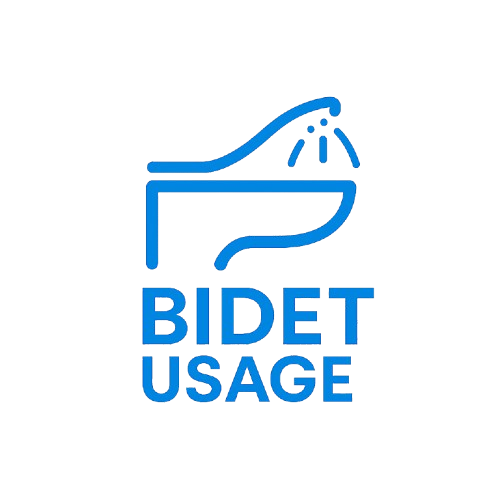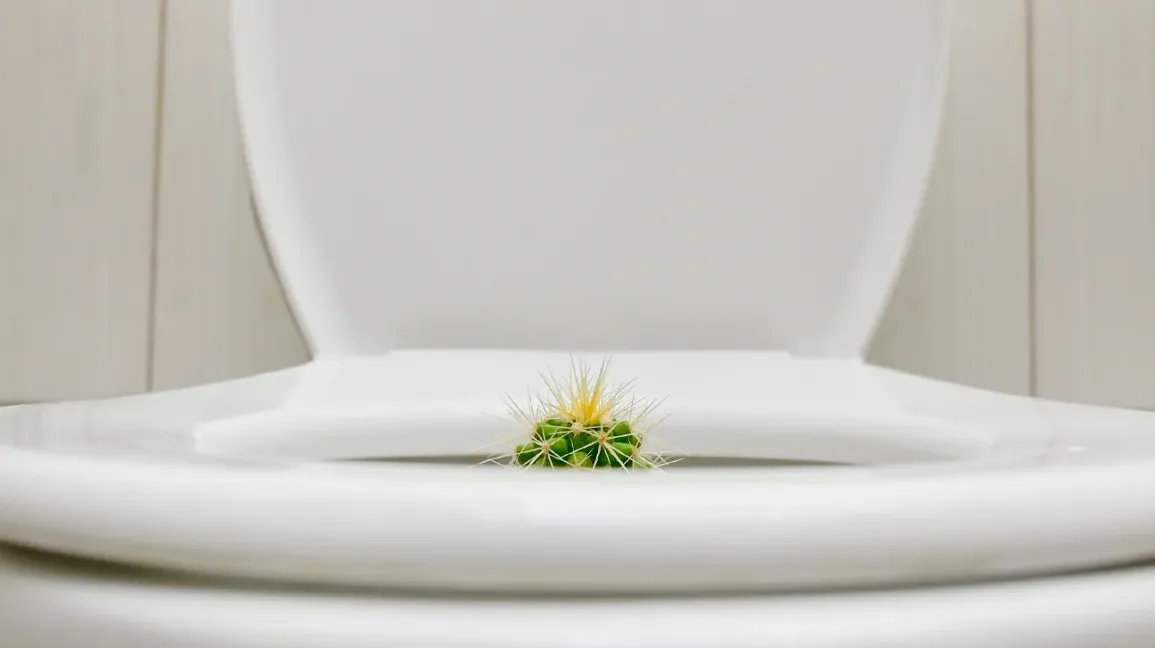In our quest for knowledge and ensuring personal safety, we often come across various concerns regarding everyday situations.
One such concern that has created doubt among many individuals is the potential transmission of STDs (Sexually Transmitted Diseases) from toilet water splashing.
In this blog post, we will delve into this topic, exploring the related risks and misconceptions. We will also provide helpful tips on maintaining proper hygiene in public restrooms. So let’s dive right in!
Understanding STD Transmission Routes
Before we address the specific question at hand, it’s essential to have a comprehensive understanding of how STDs are typically transmitted. Generally, the transmission of STDs occurs through direct sexual contact, including vaginal, anal, or oral intercourse, as well as during other intimate activities. STDs are caused by bacteria, viruses, or parasites, and their transmission relies on the exchange of bodily fluids, such as blood, semen, vaginal fluids, or breast milk.
Evaluating the Risks of STD Transmission through Toilet Water
Now that we have a clear understanding of how STDs are commonly transmitted, let’s address the question: Can you get an STD from toilet water splashing? The short answer is highly unlikely. The transmission of STDs through toilet water splashing is considered extremely rare and unrealistic. This is due to several factors that significantly minimize the associated risks.
First and foremost, STD-causing pathogens generally require a specific warm and moist environment to survive outside the human body. Toilet water, on the other hand, is not an ideal breeding ground for these pathogens. Additionally, most STD-causing bacteria and viruses tend to be fragile and unable to thrive in low moisture environments, such as toilet water.
Moreover, the concentration of pathogens in toilet water is typically significantly diluted. Even if you were to come into contact with toilet water splashes, the chances of contracting an STD would be minuscule. It’s vital to note that STDs primarily require direct contact with infected bodily fluids for transmission. The mere presence of pathogens in toilet water does not pose a substantial risk due to the aforementioned factors.
Mythbusters: Debunking Common Misconceptions
Although we now understand that the risk of contracting an STD from toilet water splashing is negligible, let’s address some prevalent misconceptions that have fueled anxiety among individuals.
Myth 1: STDs Can Penetrate Intact Skin
Contrary to popular belief, STDs cannot penetrate intact skin. Skin acts as a barrier, protecting our bodies from external pathogens. The transmission of STDs typically occurs through mucous membranes, such as those lining the genital area, mouth, and rectum. Therefore, the chances of contracting an STD through contact with toilet water splashing onto intact skin are negligible.
Myth 2: Toilet Bowls Harbor Numerous STDs
Another common misconception is that toilet bowls are teeming with STDs. However, this belief is unfounded. As mentioned earlier, toilet water is not an ideal environment for the survival and transmission of STD-causing pathogens. Additionally, the concentration of pathogens in toilet water is typically too low to pose a significant risk.
Myth 3: Toilet Seats Pose a High Risk of Transmission
Many people worry about contracting STDs from sitting on contaminated toilet seats. However, the risk of transmission through toilet seats is also incredibly low. This is due to the limited survival time of STD-causing pathogens on surfaces. Furthermore, the dilution of any potential pathogens on the toilet seat is considerable, making it highly unlikely for transmission to occur.
Safe Practices for Hygiene in Public Restrooms
While the risk of contracting STDs from toilet water splashing is minimal, it’s still essential to practice good hygiene, especially in public restrooms. By following a few simple steps, you can further reduce the already low chances of encountering any potential pathogens. Here are some recommended practices:
- Wiping toilet seats: It’s advisable to use toilet seat covers or wipe the seat with toilet paper before use to create a barrier between your skin and the surface.
- Avoiding direct skin contact: Whenever possible, try to avoid direct skin contact with any surfaces in the restroom, including toilet seats, handles, and doorknobs.
- Washing hands thoroughly: After using the restroom, always wash your hands with soap and water for at least 20 seconds, ensuring you clean between your fingers and under your nails.
- Using hand sanitizers: If soap and water are not readily available, use hand sanitizers containing at least 60% alcohol as a temporary measure.
- Proper disposal of personal hygiene products: Ensure that any sanitary products, such as tampons or pads, are correctly disposed of in designated receptacles to maintain restroom cleanliness.
By incorporating these simple practices into your routine, you can maintain good hygiene and reduce the risk of encountering any potential pathogens in public restrooms.
Kirkland Toilet Paper: Septic Safe and Environmentally Friendly
Now that we have established the minimal risk of STD transmission through toilet water splashing, let’s address another common concern related to toilet hygiene: the septic safety of toilet paper. Many individuals wonder if certain brands of toilet paper, such as Kirkland toilet paper, are septic safe.
Kirkland toilet paper is indeed considered septic safe. The manufacturer takes careful measures to ensure that their product dissolves and breaks down effectively when exposed to water, preventing any potential clogs or damage to septic systems. By choosing Kirkland toilet paper, you can rest assured that you are using a product that prioritizes both your hygiene and the health of your septic system.
Effectiveness of Splash Toilet Cleaner for Septic Systems
When it comes to maintaining a clean and hygienic toilet, many individuals turn to cleaning products such as Splash Toilet Cleaner. However, it’s vital to choose a toilet cleaner that is safe for septic systems, ensuring that it does not harm the delicate balance of bacteria required for the system to function effectively.
Fortunately, Splash Toilet Cleaner is designed to be safe for septic systems. Its formula is specifically crafted to clean and deodorize toilets without causing any harm to the septic tank or its bacterial composition. By using Splash Toilet Cleaner, you can keep your toilet clean and fresh while ensuring the longevity and proper functioning of your septic system.
Conclusion:
In conclusion, the transmission of STDs from toilet water splashing is highly unlikely. The low concentration of pathogens, their inability to thrive in toilet water, and the requirement for direct contact with infected bodily fluids all contribute to reducing the risk to an almost negligible level.
While the risk is minimal, it’s still crucial to follow safe hygiene practices in public restrooms. By maintaining proper hygiene and implementing simple practices such as wiping toilet seats, washing hands thoroughly, and practicing proper disposal of personal hygiene products, you can further reduce the already low chances of encountering any potential pathogens.
Lastly, when it comes to toilet paper and toilet cleaners, it’s vital to choose products that prioritize your hygiene and the health of your septic system. Kirkland toilet paper is septic safe and dissolves effectively when exposed to water, while Splash Toilet Cleaner is safe for septic systems and effectively cleans and deodorizes toilets without causing harm.
By arming yourself with accurate information and prioritizing hygiene, you can confidently navigate public restrooms and make informed choices regarding toilet paper and cleaning products, ensuring your well-being and peace of mind.

